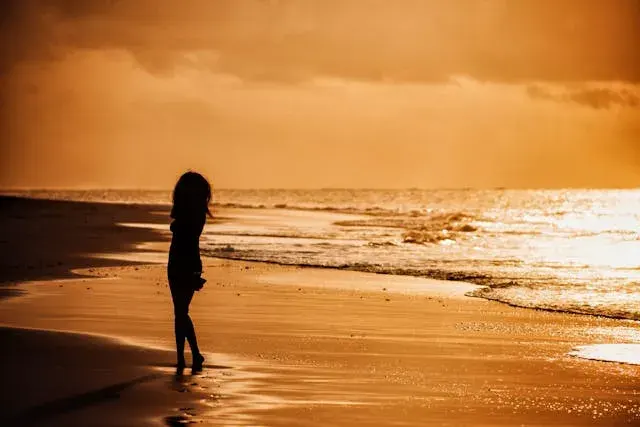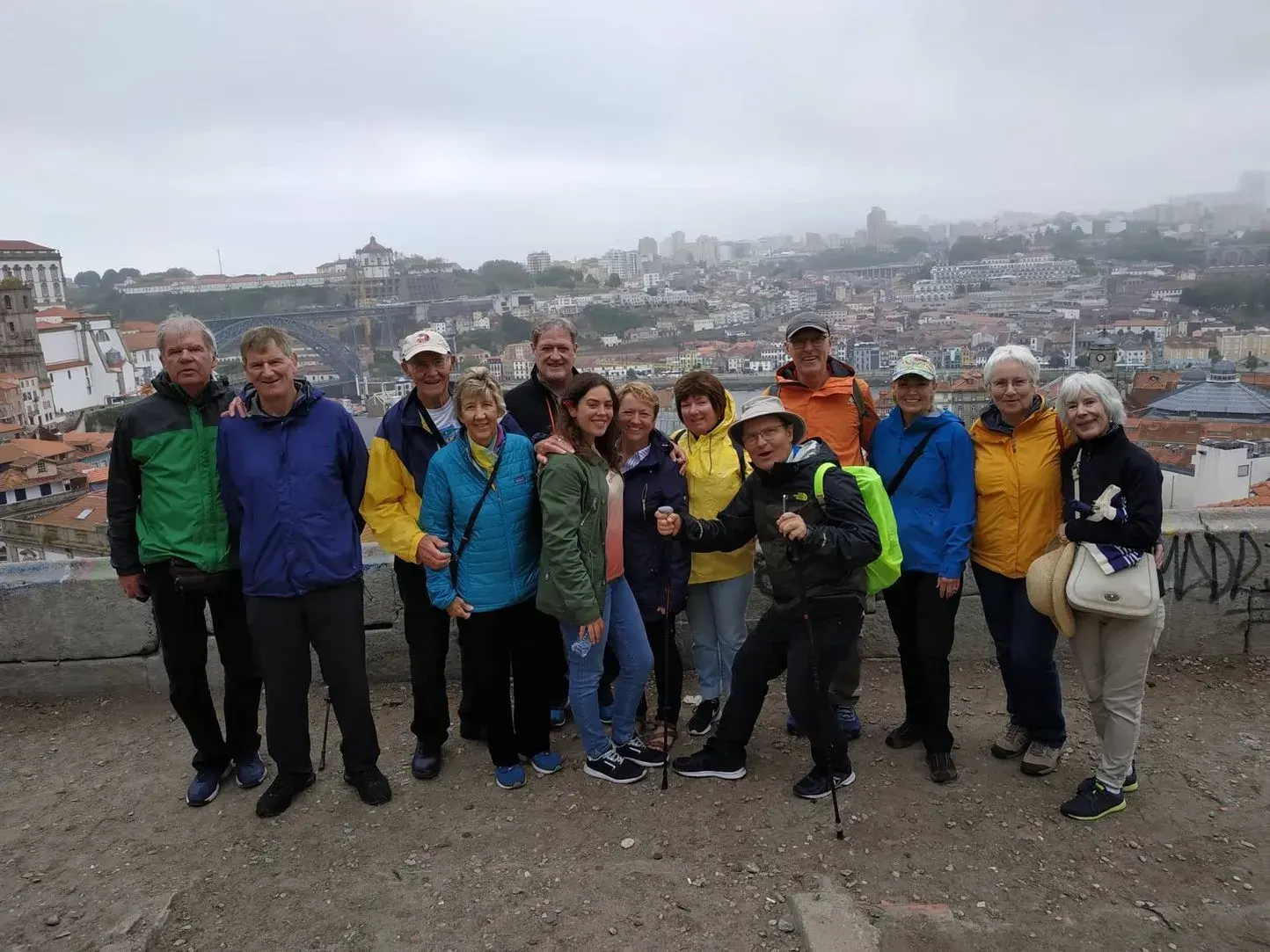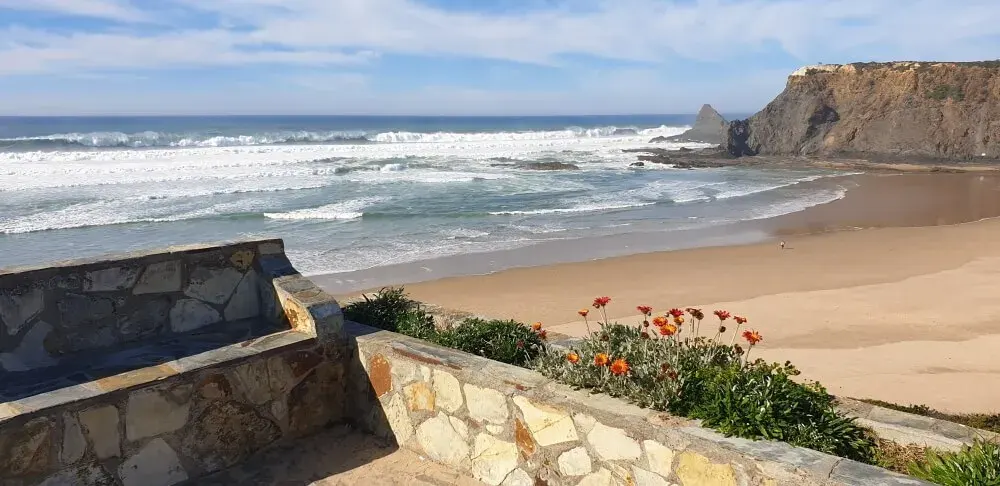
Beyond the Beaches: Discovering the Hidden Treasures of Benagil Cave and Ponta da Piedade
Admin
March 16, 2025
994 words
5 minutes
The Algarve is much more than beach, sun and sea. The southernmost region of mainland Portugal is home to legends, myths, monuments of undeniable historical and architectural importance and places where nature takes the lead, such as the Benagil and Ponta da Piedade caves.
Silent spectators of a history that dates back to pre-Roman times, these two important geological landmarks of the passage of time through the last region of Portugal to be reconquered from the Moors (King Afonso III in 1249).
They play an important role in the coastal orography of the former Kingdom of the Algarve and offer visitors a glimpse of the force of nature that has shaped, and continues to shape, the most touristic of Portuguese regions.
Shall we get to know them?
Benagil Cave: a trip to the “eye” of the Algarve
The Benagil Cave, also known as Algar de Benagil, is probably the most famous cave in Portugal.
Formed by the erosion of limestone cliffs by the sea, the Benagil Cave has an “architecture” that impresses with its monumentality and the mysterious “eye” (opening at the top of the cave) that lets through strands of sunlight that illuminate the golden sand and turquoise water at the bottom of the cave.
Fun fact: some historians believe that the name Benagil is the result of the combination of the Arabic word “Ben” and the Christian name “Gil”, meaning something like “Son of Gil”. Who is Gil? We don’t know.
Although it has been part of the Algarve landscape since time immemorial, the Benagil Cave has only recently gained the fame that led it to be considered one of the 10 wonders of the world by The Guardian newspaper in 2015.
• How do I get to Benagil Cave?
Located right next to Benagil beach in Lagoa, the Gruta de Benagil/Algar de Benagil is nevertheless a difficult place to reach, as it can only be accessed by sea.
To get there, we recommend that you leave your car behind and walk towards Benagil beach. There, you can choose one of three means of transportation: boat, kayak or swimming.
If you choose the boat, the trip will take between one and three hours and will cost between €20 and €60 per person, depending on the time of year and the itinerary.
In addition to the cave itself, these boat trips will also allow you to admire other caves and cliffs located in the same region.
If you want to save some money, we recommend that you go down the stairs on Benagil beach that take you directly to sea level, where you’ll find fishermen’s boats that will take you to the cave.
If you choose to go kayaking, you can rent the necessary equipment from the many operators on the beach and in the town of Benagil. On average, these trips cost around €40 per person and take between 2 and 3 hours (20 minutes inside the cave).
• What is the best time of year to visit Benagil Cave?
As we’ve pointed out, the Algar de Benagil is now a true pilgrimage site for the thousands of tourists who religiously spend their vacations in the Algarve.
So, if you’re not a fan of crowds, we advise you to visit the Benagil Cave in spring and fall, times when there will not only be fewer visitors, but when travel will also be cheaper.
If you really have no choice but to visit the cave in the summer, we recommend that you do so first thing in the morning to avoid the crowds and to be able to explore the cave more slowly.
Finally, if swimming is your thing, the distance between Benagil beach and the cave is 200 meters. However, this option requires you not only to be an excellent swimmer, but also to take safety precautions, as the sea currents can be quite strong.
• Where to eat when visiting Benagil Cave?
Before and after your visit to the Benagil Cave, you can indulge your stomach with the best of Algarve cuisine in the magnificent restaurants that line the Benagil waterfront.
Just 7 minutes from Benagil beach, you’ll find the restaurant “O Litoral”, where grilled squid and monkfish are the order of the day. If, instead of 7 minutes, you decide to walk two minutes further, you’ll find the cozy “O Pescador” which, in addition to the fresh fish that gives its dishes their soul, offers a magnificent view over the cliffs of Benagil.
Ponta da Piedade
Ponta da Piedade is, without a shadow of a doubt, one of the ex-libris of the Algarve’s geological landscape.
Located in Lagos, it is a limestone formation, shaped by storms and waves, made up of sea pillars, fragile rocky arches and secret caves. One of these formations takes the shape of an incredible wind-swept peninsula to which the site owes its name: Ponta da Piedade.
In addition to the dramatic cliffs that look out over the turquoise waters and golden sand that surround Ponta da Piedade, this place is also famous for the Ponta da Piedade lighthouse in Lagos, which dates back to 1913 and was built on what was once the site of the Hermitage of Nossa Senhora da Piedade, a place of worship for the strong local fishing community.
• How to get to Ponta da Piedade?
Unlike the Benagil Cave, the best way to get to Ponta da Piedade is actually on your own two feet.
Through the countless trails that connect the region to the bridge or through the walks in the Algarve offered by Top Walking Tours.
We recommend climbing the stairs that lead from the base of the bridge to its top, where, in addition to the lighthouse, you can enjoy a privileged view of the rock formations eroded by the wind and tides.
As well as hiking, you can also access the bridge via tourist boat trips that allow you to navigate between the various rock formations that line the Ponte da Piedade.
These tours cost between €20 and €25 and last a maximum of two hours.
• Where to eat in Ponta da Piedade?
Among the many options available, there is one that stands out from the rest: O Camilo.
Located walking distance from the Ponte da Piedade, this restaurant specializing in seafood is the place to go for a romantic lunch or dinner while enjoying the incredible view of the dramatic but beautiful coastline that borders Lagos and feeling like a real Infante Dom Henrique.

